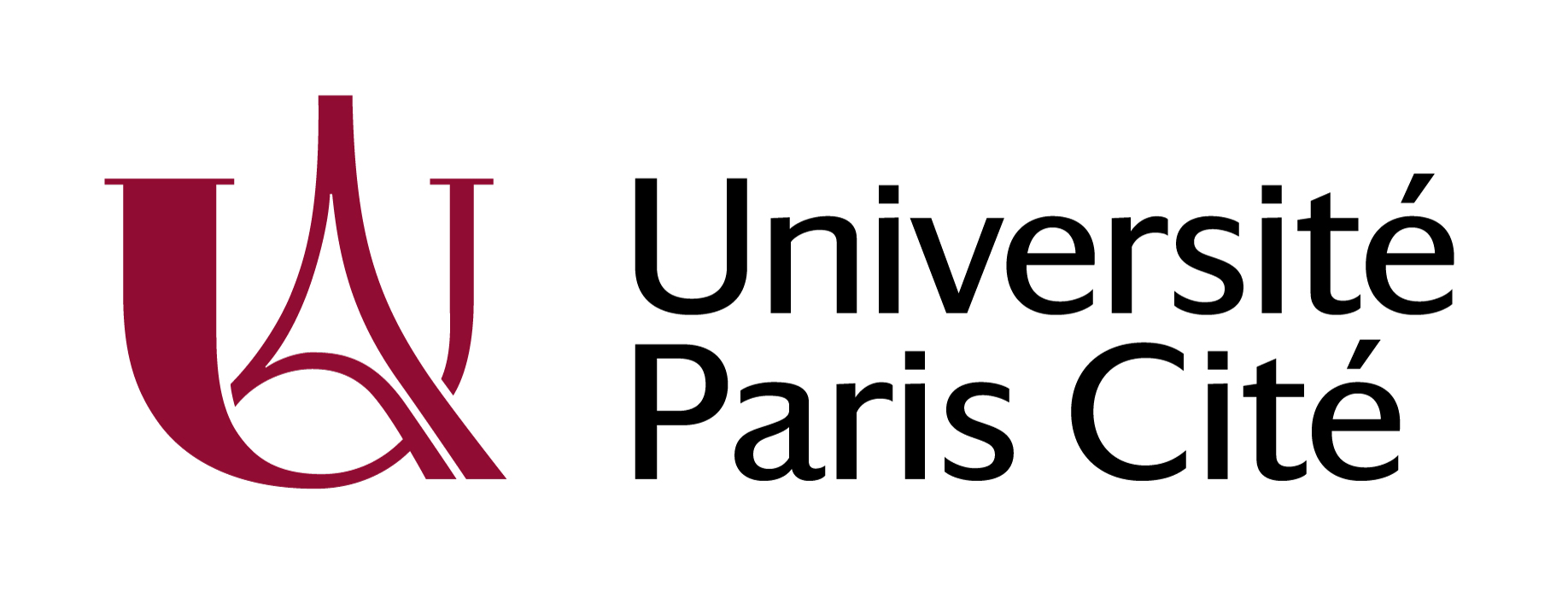Patent Foramen Ovale Closure in Older Patients With Stroke
Résumé
Background and Objectives
Whether patent foramen ovale (PFO) closure benefits older patients with PFO and cryptogenic stroke is unknown because randomized controlled trials (RCTs) have predominantly enrolled patients younger than 60 years of age. Our objective was to estimate anticipated effects of PFO closure in older patients to predict the numbers needed to plan an RCT.
Methods
Effectiveness estimates are derived from major observational studies (Risk of Paradoxical Embolism [RoPE] Study and Oxford Vascular Study, together referred to as the “RoPE-Ox” database) and all 6 major RCTs (Systematic, Collaborative, PFO Closure Evaluation [SCOPE] Consortium). To estimate stroke recurrence risk, observed outcomes were calculated for patients older than 60 years in the age-inclusive observational databases (n = 549). To estimate the reduction in the rate of recurrent stroke associated with PFO closure vs medical therapy based on the RoPE score and the presence of high-risk PFO features, a Cox proportional hazards regression model was developed on the RCT data in the SCOPE database (n = 3,740). These estimates were used to calculate sample sizes required for a future RCT.
Results
Five-year risk of stroke recurrence using Kaplan-Meier estimates was 13.7 (95% CI 10.5–17.9) overall, 14.9% (95% CI 10.2–21.6) in those with high-risk PFO features. Predicted relative reduction in the event rate with PFO closure was 12.9% overall, 48.8% in those with a high-risk PFO feature. Using these estimates, enrolling all older patients with cryptogenic stroke and PFO would require much larger samples than those used for prior PFO closure trials, but selectively enrolling patients with high-risk PFO features would require totals of 630 patients for 90% power and 471 patients for 80% power, with an average of 5 years of follow-up.
Discussion
Based on our projections, anticipated effect sizes in older patients with high-risk features make a trial in these subjects feasible. With lengthening life expectancy in almost all regions of the world, the utility of PFO closure in older adults is increasingly important to explore.
